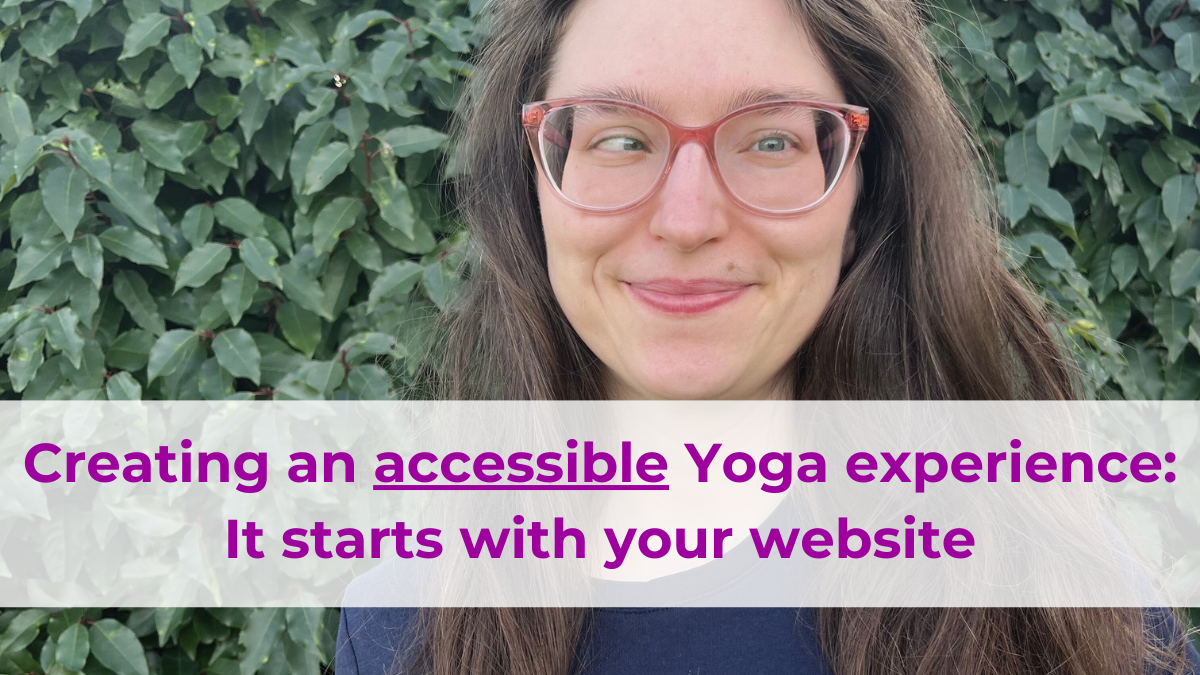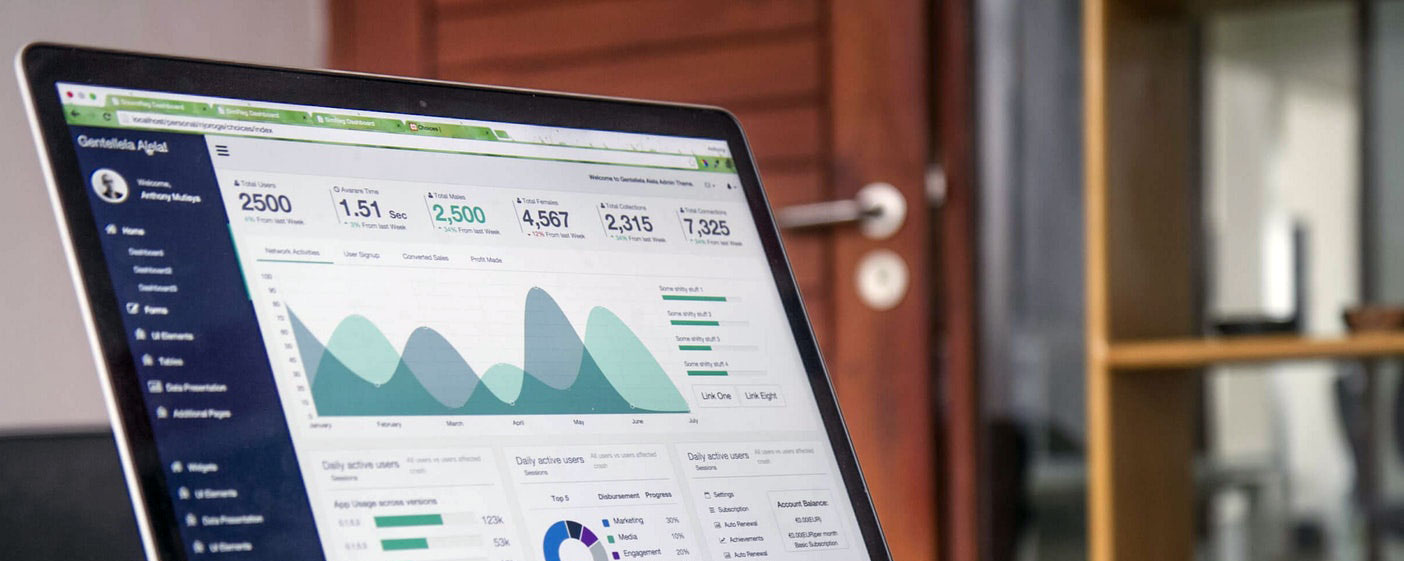Creating an accessible Yoga experience: It starts with your website

Learn how to improve your website to ensure everyone can book and enjoy your classes. Ready to make your website more inclusive?
It’s no secret that I’m visually impaired. You could say I have a personal stake in accessibility, but I’m not the only one who struggles to participate in the world—and, more specifically, book online yoga classes—due to a disability.
If you claim to be an accessible yoga teacher, your booking process and website should reflect that commitment too. It's not just about what happens in your classes—it's about the entire experience, from start to finish.
So, here are 5 essential things to pay attention to when it comes to creating an accessible website:
1. Contrast between your colors
For who? People with low vision, color blindness, and other visual impairments.
Good contrast between text and background makes a world of difference for people with low vision or color blindness. If your website's color scheme doesn't provide enough contrast, it could make it nearly impossible for some people to read your content.
There are different kinds of color blindness (like red-green or blue-yellow), and not everyone sees the same way. Making sure your color choices pass accessibility standards ensures that more people can read and interact with your site without struggling.
✅ Action Point: Use tools like the WebAIM Contrast Checker to assess your colors and update your branding if necessary.
2. The use of headings
For who? People with visual impairments and those using screen readers.
Headings are like road signs on your website—they help guide screen readers through your content and make it easier for everyone to navigate. Properly structured headings (e.g., using H1 for your main title, H2 for section titles, and H3 for sub-sections) also improve your SEO. So, it’s a win-win situation!
When used correctly, screen readers can jump from one section to another, making it possible for users to quickly find the information they need. Without them, navigating your website can be disorienting or impossible for some users.
✅ Action Point: Check your website’s headings and make sure they're structured logically. Use proper heading levels for better accessibility.
3. Website navigation (keyboard accessibility)
For who? People with muscle weakness, motor impairments, or anyone who finds it difficult to use a mouse.
Did you know some people can’t use a mouse at all? If your website isn’t fully navigable with a keyboard, you’re automatically excluding a portion of your potential audience. All interactive elements (buttons, forms, links) should be reachable via the Tab key, and users should be able to interact with them using only the keyboard.
✅ Action Point: Test your website’s booking process by navigating it only with your keyboard. If something’s difficult or impossible to access, make adjustments.
4. Website navigation (user-friendliness & ease of finding information)
For who? For people with attention disorders or cognitive disabilities.
How easy is it to find your class schedule, book a spot, or learn more about your services? The more streamlined your website is, the better. Keep your layout clear, with easy-to-find navigation options, and avoid clutter that might overwhelm or distract visitors. Less is often more when it comes to accessibility, so focus on clean, intuitive design.
✅ Set a timer and see if you can book a class in 30 seconds.
5. Alt text for images
For who? For the visually impaired and those using screen readers.
Images can speak a thousand words, but if you don’t include descriptive alt text, people using screen readers will miss out on that information. Make sure every image has an alt description that explains what’s in the image and why it’s there. Simple and clear alt text goes a long way in making your site accessible to everyone.
✅ Add alt text to your images.
The Bigger Picture: who are you excluding?
The question is: Who is not in the room because of the way your website is set up? If we truly want to create accessible yoga classes and communities, we need to think about how accessible our website is.
Accessibility goes beyond physical space—it includes digital space, too. And your website is your digital storefront. It's where potential students experience your brand before they even step onto the mat.
Ask yourself: Who might be struggling to book or access my services because of my website's setup? How can I make it more welcoming for them?
Of course, creating accessible spaces and classes doesn’t end with your website (we’ll leave that to the other pros 😉). But your website is the first step in opening the door to those who might otherwise feel excluded.
Need an accessibility check?
If you’re unsure about whether your website is accessible, don’t worry—I’ve got you! You can book a Website Audit with me, and I’ll go over your site, providing actionable feedback to make sure your website is accessible for everyone.
Categories: : website
 Katie Roth
Katie Roth 
